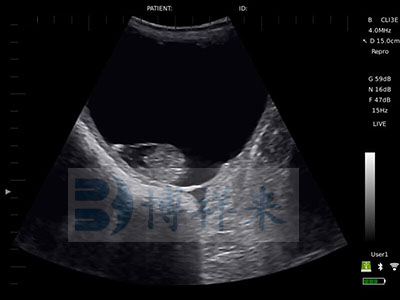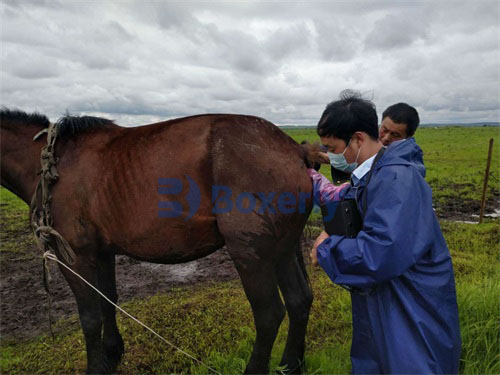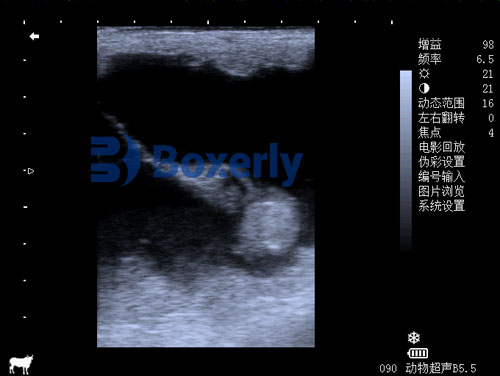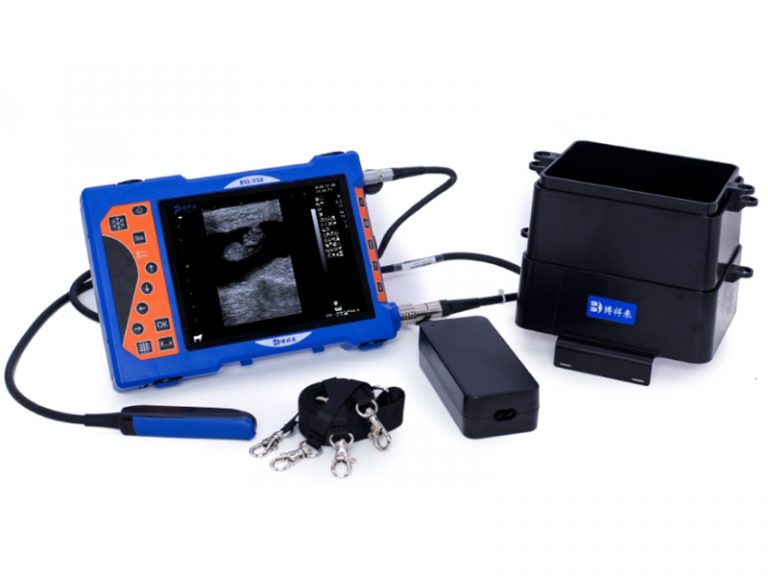Key Steps in Equine Artificial Insemination Procedures
As a livestock and equine breeder, I’ve come to understand that artificial insemination (AI) in horses is more than just a scientific process—it’s a critical tool that, when properly managed, offers safer, more controlled, and more efficient reproduction. In this article, I want to share a detailed yet practical guide to equine AI based on real farm experiences and professional best practices. From mare selection to post-insemination management, this article outlines every essential step using terminology and insights familiar to global livestock professionals.

1. Why Artificial Insemination in Horses?
Artificial insemination is widely used in the horse breeding industry to improve genetics, reduce the risks of natural mating, and enable access to stallions located far away. It allows breeders like me to carefully monitor the reproductive cycle, ensure semen quality, and significantly reduce the transmission of sexually transmitted diseases (STDs) between animals.
2. Understanding Mare Selection and Preparation
Not every mare is an ideal candidate for AI. A successful program begins with a healthy, reproductively sound mare. Key considerations include:
-
Age and breeding history: Older mares or those with previous reproductive issues may need special attention.
-
General health status: Any sign of systemic illness can impact fertility.
-
Cycle regularity: A predictable estrous cycle simplifies timing for insemination.
Before breeding, mares undergo a breeding soundness examination, which includes:
-
Physical examination of the reproductive tract
-
Transrectal palpation and ultrasonography
-
Vaginal examination using a speculum
-
Uterine culture and cytology (to rule out infection)
These tests help identify any uterine or ovarian abnormalities that may hinder conception.

3. Monitoring the Estrous Cycle
Successful AI hinges on precise timing. The mare’s reproductive cycle has four phases:
-
Estrus (heat) – Lasts 5–7 days; mare is receptive to the stallion
-
Ovulation – Occurs 24–48 hours before estrus ends
-
Diestrus – Lasts about 14–15 days; mare is unreceptive
-
Anestrus – Period of sexual inactivity (often during winter)
Transrectal ultrasound is the gold standard for monitoring follicular development. With it, we can:
-
Track follicle size (usually aiming for 35-45 mm pre-ovulation)
-
Detect uterine edema indicating estrus
-
Confirm ovulation post-breeding
For breeders like me, knowing the exact time of ovulation helps us inseminate within the narrow window when the egg is viable.
4. Semen Collection and Evaluation
When using fresh or cooled semen, it is often collected on-site or delivered from nearby stallions. In cases involving frozen semen, storage in liquid nitrogen and proper thawing are vital.
Important parameters of semen evaluation include:
-
Volume
-
Motility
-
Morphology
-
Concentration (sperm/mL)
The minimum insemination dose should contain 500 million progressively motile sperm for fresh semen, and 800 million–1 billion for frozen semen, given the latter’s lower post-thaw motility.

5. Insemination Technique
Insemination is usually done trans-cervically, and the method varies slightly depending on the type of semen used:
-
Fresh/cooled semen: Insemination occurs just before ovulation.
-
Frozen semen: Insemination timing must be even more precise—often done within 6–8 hours before or after ovulation, sometimes requiring two inseminations 12 hours apart.
The general steps are:
-
Tail wrapping and thorough cleaning of the perineal area.
-
Insertion of a sterile insemination pipette through the cervix into the uterus.
-
Delivery of the semen dose slowly and gently.
-
Sometimes, uterine contractions are stimulated using oxytocin, especially in mares with poor uterine clearance.
6. Post-Insemination Monitoring and Management
After insemination, the mare should be monitored for:
-
Ovulation confirmation via ultrasound
-
Fluid accumulation in the uterus, which can hinder embryo development
-
Inflammation or infection, especially in older or problem mares
When fluid is present, I typically manage it with:
-
Uterine lavage using sterile saline
-
Administration of oxytocin to help expel fluid
-
Antibiotics, if an infection is suspected
Ultrasound is repeated 14–16 days post-ovulation to check for pregnancy and detect twins, which are common in some breeds and must be manually reduced to ensure foal viability.
7. Record-Keeping and Farm Biosecurity
As a breeder, I’ve learned that meticulous records can make or break your AI program. Each mare should have detailed logs of:
-
Estrus dates
-
Ultrasound findings
-
Insemination times and semen type
-
Hormonal treatments
-
Post-AI checkups
Moreover, biosecurity is critical. All AI equipment must be sterilized, gloves changed frequently, and cross-contamination between mares must be prevented.

8. Challenges and Considerations
AI is not without challenges. These include:
-
Short fertility lifespan of frozen semen
-
Difficulty with timed insemination, especially in mares with silent heat
-
Semen shipping delays
-
Reproductive pathologies in mares (e.g., endometritis)
That said, modern imaging tools like ultrasound help us solve many of these problems. For example, we can track uterine tone, detect retained fluid, and confirm ovulation in real time—all of which guide us in decision-making.
9. Conclusion
Equine artificial insemination is a powerful tool for modern breeders like myself. It allows us to match mares with genetically superior stallions across the globe, preserve valuable bloodlines, and reduce the risks associated with natural service. However, success relies on accurate estrus detection, precise timing, proper technique, and post-breeding care. With careful planning and continuous learning, AI can significantly improve reproductive outcomes on your farm.
References
-
Samper JC. “Artificial Insemination in Horses: The Basics.” Equine Reproductive Management, 2020.
-
American Association of Equine Practitioners (AAEP). “Guidelines for Artificial Insemination.”
-
McKinnon AO, Squires EL. Equine Reproduction, 2nd Ed. Wiley-Blackwell, 2011.
-
Ginther OJ. Ultrasonic Imaging and Animal Reproduction: Horses. Equiservices Publishing, 1995.




